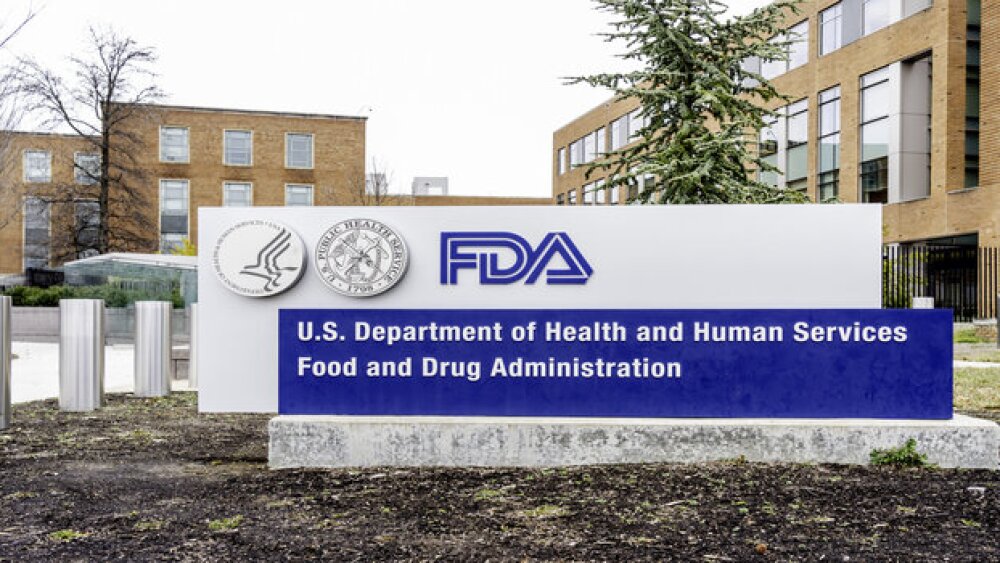“With just one cut, a foot-long section of the patient’s infected colon was removed through the belly button. Thirty-six hours after surgery, the patient was ready to go home,” said Dr. Obias, who is one of only a handful of surgeons in the United States to perform single-incision robotic surgery on the colon. The landmark surgery, which occurred on August 22, 2011, was the first time single incision robotic surgery was used to perform a left colectomy.
“The left colon is technically more challenging for single-incision surgeries. Vital blood vessels and structures are situated close to the colon, requiring a high level of precision,” Dr. Obias explained. “The robot’s three-dimensional view simulates normal vision. I can see around structures more easily and avoid damaging the ureter, spleen, and major blood vessels. Also, the robot offers more stability, dexterity and triangulation—it’s like having three rock-steady hands rotating 360 degrees to allow optimal manipulation of the tissue.”
The procedure is usually accomplished with conventional laparoscopic surgery, which has less stability, triangulation and dexterity, and the same visualization of a television screen. Standard laparoscopy typically requires four incisions and a four-day hospital stay. With single-incision robotic surgery, patients may experience less pain, fewer chances of post-operative problems, such as infection, go home sooner and recover faster.
Dr. Obias used the da Vinci Robot to conduct the landmark surgery. The George Washington University Hospital was the first in DC to have the da Vinci robot. In 2009, GW became the first in the region to use the da Vinci system for robotic colon and rectal surgery.
The mission of The George Washington University Hospital is to provide high-quality healthcare, advanced medical technology and world class service to our patients in an academic medical center dedicated to education and research. We realize this vision through our commitment to the following principles: service excellence; quality improvement; employee development; ethical and fair treatment and teamwork, compassion and innovation.




